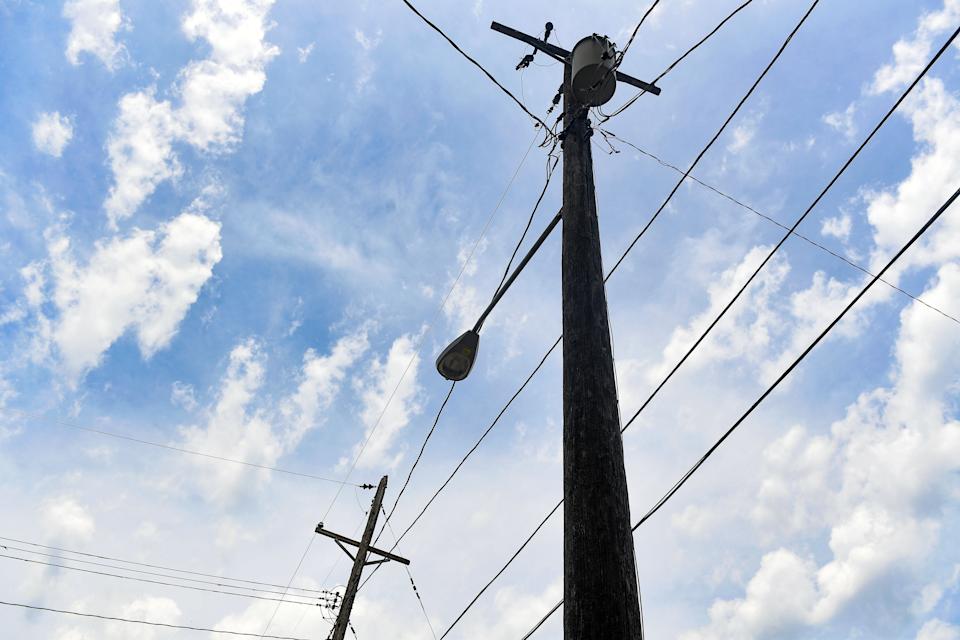South Dakota utilities hopeful rolling blackouts won't be needed this summer

It's possible Sioux Falls could see rolling blackouts this summer as warmer than normal temperatures across the Midwest increase the demand for electricity — but local power companies say they're hoping it doesn't come to that.
Much of South Dakota's power grid falls under the purview of two regional transmission organizations: Midcontinent Independent System Operator and the Southwest Power Pool.
The organizations are in charge of balancing the power generation and transmission across their service area, which isn't just within the state. MISO stretches as far east as Wisconsin and all the way down to Louisiana, while the SPP reaches into parts of Texas.
More: How South Dakota's inability to track soil erosion is putting farmers at risk
That has benefits, said Chris Studer, the public relations officer for East River Electric, which largely operates under the SPP. Extra power can be sold into the larger market, and power can be purchased if enough isn't being generated.
But, Studer said, being part of a larger system works both ways. If demand begins to outpace supply, "we all sort of share in the pain."
Some customers of Sioux Valley Energy discovered that firsthand last year, when a winter storm wreaked havoc across Texas and meant rolling blackouts of about an hour were needed throughout the SPP service area.
And while cutting off power to customers is a last resort, Studer said that not doing it can result in cascading effects that have "devastating impacts" on electrical infrastructure.
While the SPP is forecasting that generation will exceed peak demand this summer, it's a different story for MISO.
An April report from the organization projected that June's peak demand on the grid would match available capacity, while July and August's peak demand were forecast to exceed.
Tim Hansen, an associate professor at South Dakota State University's department of Electrical Engineering and Computer Science, said MISO had underestimated the increase in demand, and that it takes time to add new sources of generation to the system.
More: Voters not interested in making it harder to raise taxes, reject Amendment C
"You can't just build a new plant by July," he said. And with the gap between supply and demand in July estimated at five gigawatts, it's a tall order — Hansen compared it to about a million homes blasting the air conditioning.
“Think about all of Alaska’s power being off," he said, "and that’s still not enough."
But in terms of eastern South Dakota, where much of MISO's presence in the state lies, Hansen said he "wouldn't sound the alarm."
As a state that exports a considerable amount of power, South Dakota is better prepared to deal with a situation like this, he said.
Lacey Nygard with Xcel Energy said the company has "not had to resort to significant controlled outages in South Dakota the past," and in an emergency situation would first look at commercial and industrial customers who are on "interruptible rates," an agreement that a given company will cut usage if requested.
Still, Nygard said, as a member of MISO, "all members pull together to assist. This means our customers may experience controlled outages as we help reduce energy use on the larger regional grid."
While Hansen said it's possible that these issues could be addressed by next summer, as repairs on a major transmission line for MISO are nearing completion.
“They have a chance now to try and make it up," he said. "There is time to prepare.”
This article originally appeared on Sioux Falls Argus Leader: South Dakota power companies hopeful rolling blackouts won't be needed

 money
money 